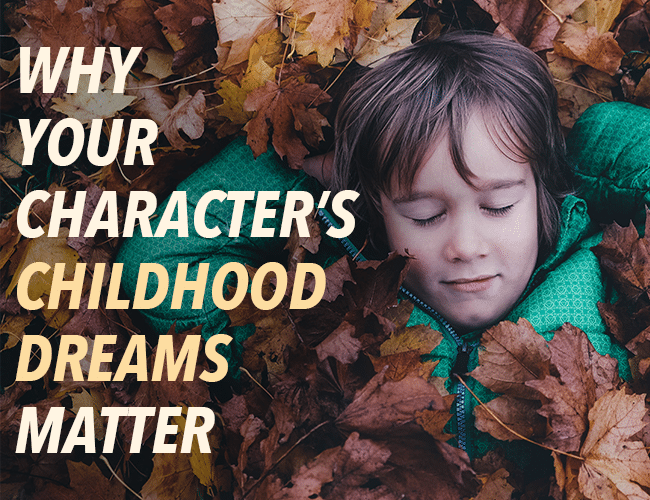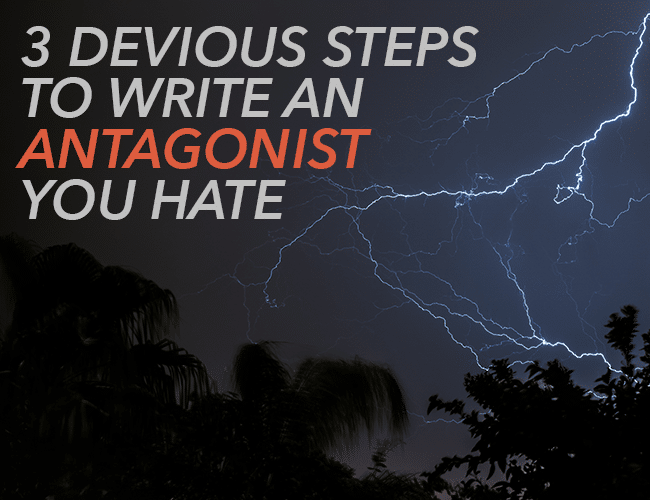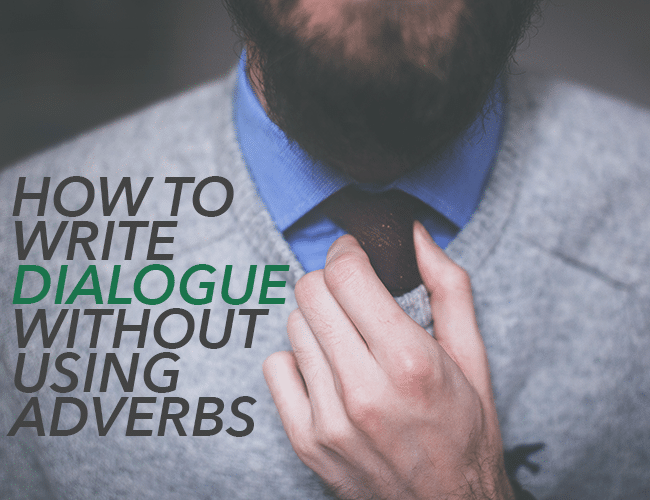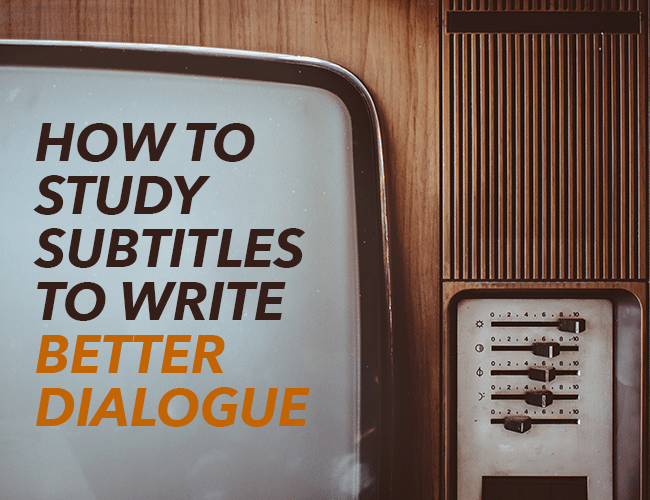
by Ruthanne Reid |
We often struggle to create realistic characters; they don’t always seem believable. We can usually recognize characters that feel two-dimensional, but we don’t always know why. I’d like to submit that one of the primary reasons we have trouble with characterization is we rarely ask ourselves how our characters got where they are.
With very few exceptions, all characters had a childhood. What did your character want to be when they grew up? The success or failure of that dream is a crucial part of the journey that brought your characters to their place in your story.

by Jeff Elkins |
It’s Atticus Finch giving advice to Scout that shows us he is a man of empathy and compassion. It’s Frank Underwood banging his class ring on the table that reminds us he is in command. It’s Holden Caulfield using phrases like “vomity” and “grow up” that helps us remember that he is an adolescent.
Using indirect characterization can make our heroes and villains leap from the page and come to life in our readers’ minds. Showing our readers who our characters are through indirect characterization allows our readers to draw their own conclusions about our characters, intensifying our readers’ engagement with our stories.
by The Magic Violinist |
Your protagonist may be the star of the show, but they can’t do everything alone. Just like it takes a village to raise a child, it takes an entire cast of characters to help your hero along on their journey.
Do you think Harry Potter could’ve accomplished all that he did if it were just him on his own out there against Voldemort? Of course not. He had friends who stuck by him, teachers who came and went, and a whole assortment of villains that drove the plot forward. Your main character needs those people, too.
Let’s take a look at the people who surrounded Harry and the roles they played in his life. Which of these characters appear in your story?

by Guest Blogger |
In any good book there is conflict. Often, that conflict is between the characters. No matter how many characters you create, it all boils down to two: The Protagonist and the Antagonist. The stars of the show.
We write a lot about the protagonist, the one who really is the actual “star.” But I’ve noticed that not as much attention is devoted to the antagonist. In my own writing, I find it much more difficult to write about him then the protagonist. At times, I find it nearly impossible to relate to him and his beliefs, to be able to step into his shoes as I do with every other character.
Today, I’m sharing how to write a great antagonist, even if you can’t stand him.

by Jeff Elkins |
It made a generation fall in love with Gilmore Girls, and almost destroyed Star Wars Episodes 1, 2, and 3. Dialogue can make or break a story. When it is good, we are joyfully entangled in it. When it is bad, the story can be painful to read.
To spice it up, we will often turn to descriptors—adjectives and adverbs the convey the emotion we hope the reader will hear. But these “ly” words can break a reader’s flow, making our story feel disjointed.
Never fear! There is hope! If we start with a good foundation and sprinkle some action, we can write dialogue that sings. Here are three steps to crafting vivid, believable dialogue.

by Guest Blogger |
A vast majority of writers struggle with dialogue. We wonder how to make it real, make it believable, and make it stand out.
What if I told you that you can become a better writer and watch your favorite shows and movies at the same time—and all you have to do is turn on the subtitles?




